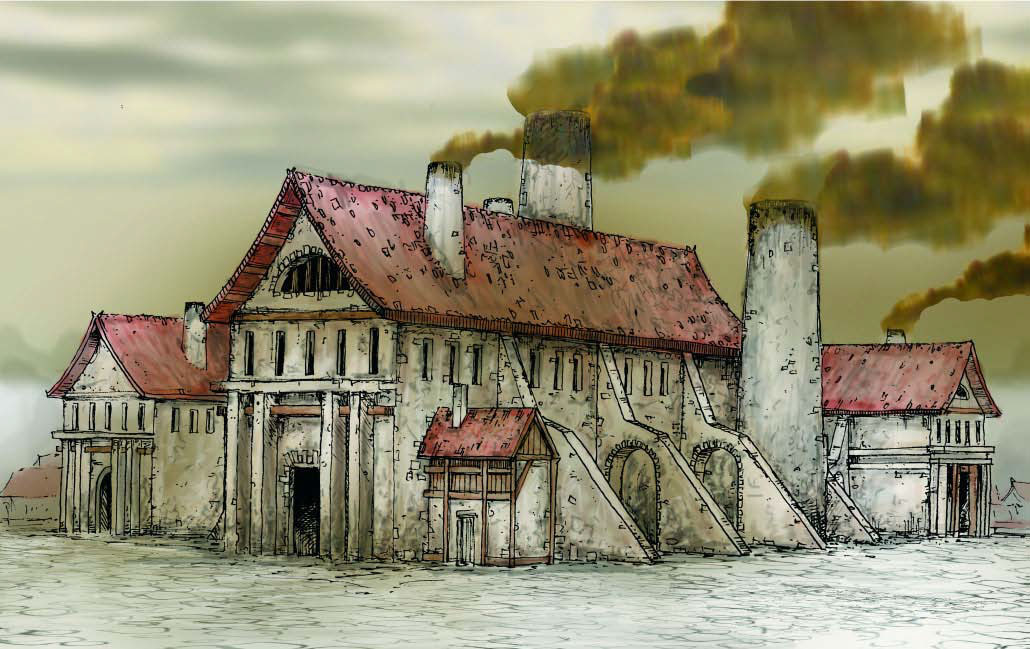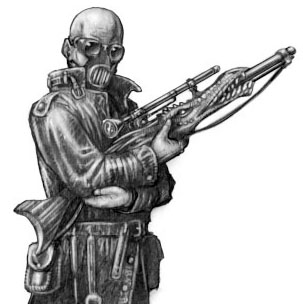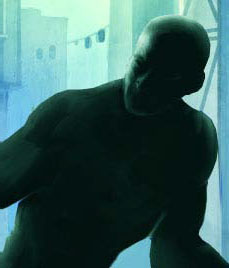Session 19A: Routing the Shuul
Tor had caught sight of Tee out of the corner of her eye. Tee, looking down the street, saw Tor give an almost imperceptible nod of acknowledgement. Tee gestured frantically down towards the front door, trying to make Tor understand that Shilukar was heading their way.
Let’s briefly review what brought us to this point.
First, back in Session 17, Shilukar managed to escape when the PCs raided his lair.
This was not the expected outcome: Once the PCs tracked down his lair, I’d assumed that Shilukar would be either captured or dead by the end of their raid.
Second, the PCs chose not to immediately take the Idol of Ravvan from Shilukar’s lair, considering it to be too dangerous for them to handle.
This was not the expected outcome: I’d assumed the PCs would loot the Idol. When they left it in situ, I was left scrambling and had to look at the totality of the scenario I had designed to figure out what would happen next.
The short version is that there was a third party that had been keeping Shilukar under observation and they took advantage of the unguarded lair to sneak in and grab the Idol. (I’d created this third party to satisfy the Three Clue Rule by providing one possible path the PCs could follow to Shilukar’s Lair. The PCs never followed the trail that would have taken them to this clue, but that didn’t mean the third party observers weren’t still there.)
The PCs wouldn’t directly cross paths with this third party until much, much later in the campaign, but it would ultimately result in the creation of a completely new scenario in Act II. If you’re reading this several years in the future, you can track where the Idol ends up, look at the campaign-transforming consequences that happen as a result, and kind of have your mind blown when you look back and realize it all boils down to this one decision.
Third, the PCs very cleverly think to hire Shim to find Shilukar.
Before this happened, I actually assumed that the PCs had basically completely failed here: Shilukar was in the wind and there was no clear path (or, at least, no prepared path) by which they could find him before the deadline he had given Lord Zavere expired. I assumed the next time they saw Shilukar, he would be a well-protected “guest” of Castle Shard.
(Another interesting decision the PCs make here at the dawn of Act II: To not tell Shim that they had lost their memories and to NOT hire him to investigate their period of lost time. I had really assumed that one or both of these things would happen, which would have potentially revealed a lot of new information about what they had been doing.)
Fourth, because the PCs had hidden their identities from Shilukar during Session 17, I had (for various reasons) concluded that Shilukar would blame the Shuul for the assault on his lair. As a result, I noted in the campaign status document for Session 18:
09/08/790: Shilukar is reported to have broken into a Shuul facility.
Shilukar also wanted his Idol back, and if he thought the Shuul had it I figured he would go looking for it.
As a result, however, when the PCs asked Shim to track down Shilukar, I looked at the totality of my notes, made some skill checks for Shim, and concluded that he must have somehow discovered the upcoming heist.
“I don’t know what you’re doing in Agnarr’s room, but Shilukar is planning to attack the Foundry in the Guildsman’s District in less than 30 minutes. If you want him before dawn, this will be your only chance.”
All of which ultimately brings us to the PCs staging a raid on the Foundry in order to capture Shilukar, who is simultaneously staging a raid on the Foundry.
Why the Foundry? Well, I hadn’t specified which Shuul facility Shilukar would have been attacking overnight. The Foundry, however, is the only Shuul facility which is thoroughly detailed in Monte Cook’s Ptolus, including – most importantly! – a map. When you’re faced with unexpectedly improvising an entire scenario in the middle of a session, it’s not bad practice to default to whatever tools you’ve already got at your fingertips.
So at this point I:
- Grab my Shilukar stat block.
- Go to page 186 of Ptolus and grab the map of the Foundry.
- Go to page 133 of Ptolus and grab the stat blocks for the Typical Shuul Agent.
I look at the map and:
- Since it’s the middle of the night, conclude that the Foundry is mostly shut down for the night.
- Figure out what sort of guard the Shuul would place on the facility: Guards go here. A pair of patrols around the outside of the building.
- Ask myself, “How would Shilukar broach these defenses?”
You saw the answers to these questions in Session 18C (which is when all this improvisation was going on).
At that point, I can turn things over to the players.
They sneak up and put the building under observation. They see the two patrols circling the building. Tee’s player asks me if there’s a blind spot in which she could sneak into the building. I look at the map: I’d decided the patrols were equidistant around the building to maximize their field of view, but because of how the warehouse sticks out on one side of the building… yeah, there’s an unusually long period during which neither patrol would have their eyes on that corner.
From this point forward, I’m just playing the scenario: I know what Shilukar will do. How do the Shuul respond to that? As the PCs take actions, how do all of my NPCs react to that? Having put the pieces into play, now I’m free to just live in the moment and see what happens.
FINISHING TOUCHES
Because we had to wrap for the night before the raid on the Foundry was finished, however, I was able to spend some time between sessions polishing things up. This was particularly relevant when it came to the lower level of the Foundry, which I was able to spend a few minutes fleshing out with a proper key.
In addition to being able to give some meaningful thought to what various projects the Shuul might be working on down there, this also gave me the opportunity to seed the Foundry basement with a number of clues pointing to other nodes in the campaign.
And as we’ve been discussing unforeseen outcomes and long-ranging consequences, consider the letter they find from Maeda to Brother Savane down there.
That letter doesn’t exist if the PCs don’t make some very clever choices to bring them some place I never thought they’d be. And it also probably doesn’t exist if the timing of the sessions had been a little different, the raid hadn’t been split up across two sessions, and I hadn’t gotten the extra prep time to write it up.
And it literally changes everything in the campaign.
This is Session 19. You can literally go to Session 119 and discover that the entire session is dependent on this letter existing and the decision Dominic makes as a result of it.


















